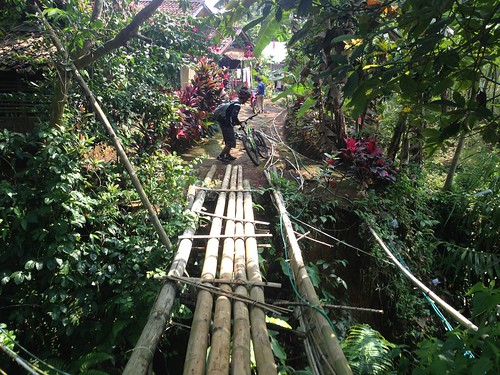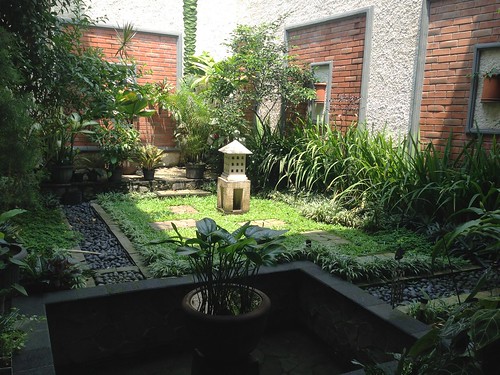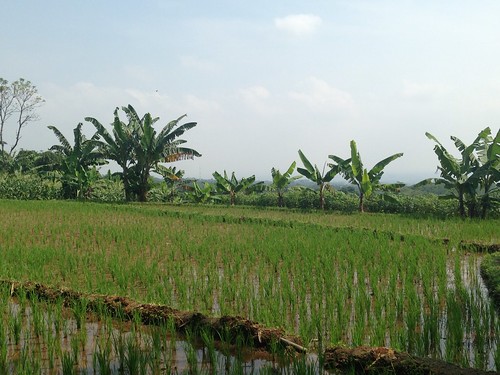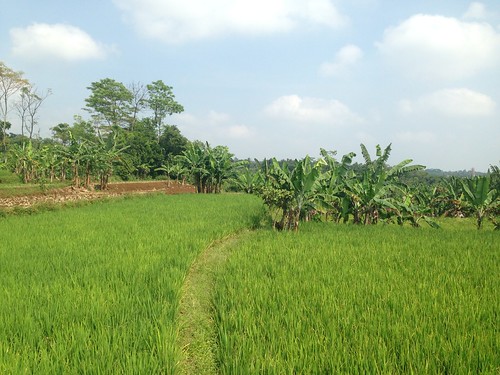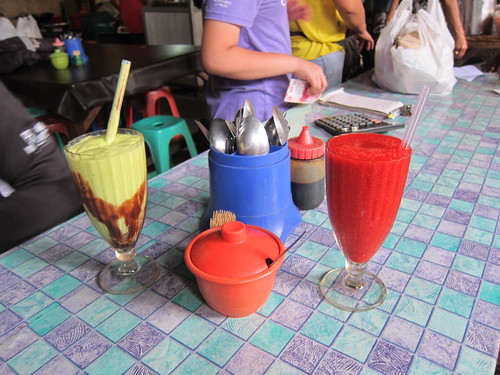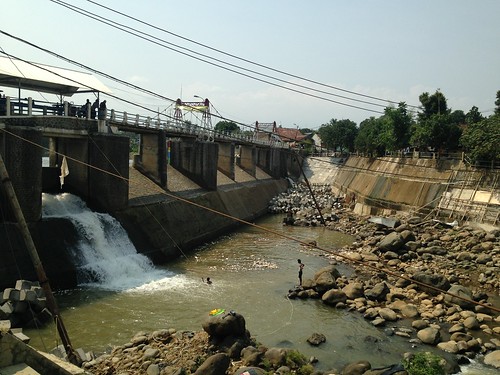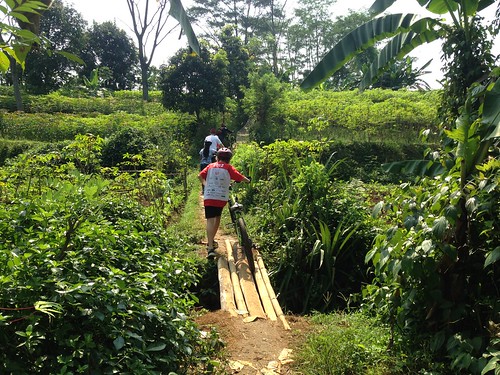I grew up thinking a cottage was a small, cosy house in Britain or a rustic cabin in the Canadian wilderness, but in Indonesia’s West Java province it turns out it is something much more grand.
The Center for International Forestry Research (CIFOR) has a four-bedroom house — a structure billed as a cottage — in Puncak, an area near the volcanic peak of Mount Gede-Pangrango about 30 km from the city of Bogor.
Employees can book the cottage, which sits on the terraced and forested mountainside not far from a tea plantation, for a nominal fee.
The winding road to the cottage is lined with restaurants and shops. Notably, on each side of the road is a Cimory franchise, an Indonesian dairy-restaurant, which provides a convenient place to stop en route.
On the way up the mountainside, Cimory’s balcony seating offers views of the surrounding landscape and on the way down the mountainside, Cimory’s riverside seating offers views of the Ciliwung River.
The road is so narrow and crowded with traffic that the police convert it to one-direction during peak travel periods, turning a short distance into an epic journey rumoured to at times take as long as nine hours.
I went to the cottage with two colleagues and a neighbour in mid-October. Bedding and basics are provided, but guests must bring their own food and drink.
A housekeeper lives in a small satellite cottage below the villa and can provide information about local services and hiking routes through the forest.
He likely also oversees the maintenance of the grounds and the spring-fed swimming pool.
After we arrived and did an initial exploration of the house and grounds, we went for a walk down the road to find salt to improve the flavour of our food.
We came upon a holiday resort with a shop and restaurant, but we ended up going to a local toko.
We ate barbecued burgers and feeling full, I walked up the outdoor stairs to a covered look-off point to get a bit of exercise.
A massive beetle-like bug about four or five inches long and several inches wide was flailing around on its back trying to turn itself over.
Terrified, I went rushing back down the hill in horror and told the others about the giant insect. Naturally, they wanted to see it, so up the stairs we traipsed. One of my friends decided to flip it over with a stick — and it flew.
First it flew away from us, but then it made a wide u-turn and headed back straight towards us. We started screaming.
Wen Zhou spun around to avoid the insect as it buzzed towards her — as she did, I ducked, her head crashed into my forehead and I fell to the ground from the impact.
We all beat a hasty retreat down the steps to the villa and I iced my forehead for a while.
The following afternoon, we decided to hike up to the tea plantation, despite the obvious signs of rain. The housekeeper provided us with walking sticks and led us to the path in the forest where he left us, warning us to hurry and avoid getting caught in the inevitable afternoon downpour.
It was tough going in sweltering midday temperatures on a narrow mud path on a 30-degree angle.
We got to the plantation after about 45 minutes and wandered about amid the mist from the clouds.
We tarried too long and it started bucketing with rain.
We hastened back down the path, which quickly turned into a torrential stream. Our clothing was drenched and our shoes filled with water making walking difficult. We slid and tumbled down the hillside clutching at trees, branches and at times each other — futile efforts to avoid falling.
After about half an hour we were back in the CIFOR villa. I brushed what I thought was a leaf off of my shin and drew blood. I had attracted a few leeches.
The drive back to Bogor was a long one. When we got to the main road, it turned out traffic had been changed to one direction. Our driver suggested we “go with the flow” away from Bogor and head to the top of the mountain for a spectacular view, which we did.
It took us about four hours to get home.

